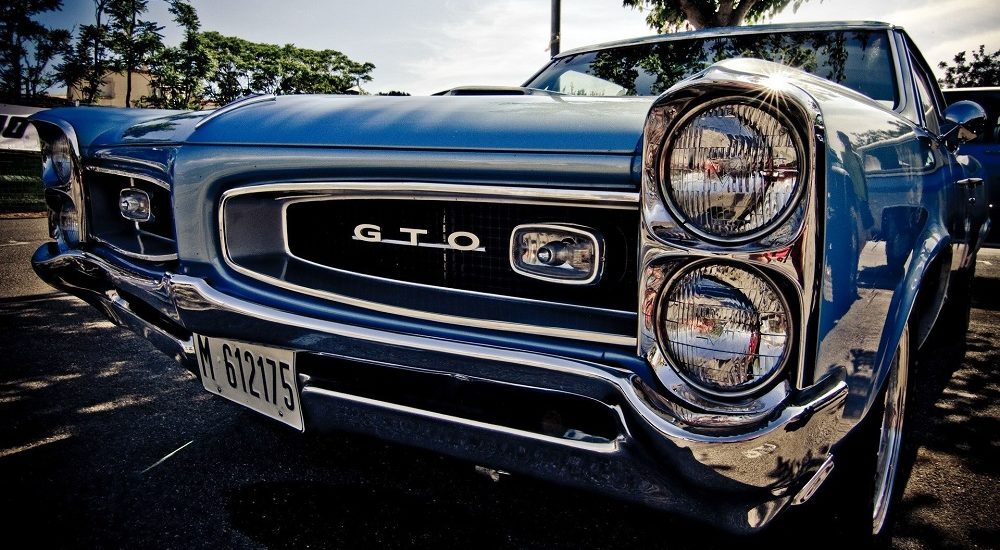Pontiac - a standard of respectability
Pontiac-GMC Division existed for 84 years. Is it a lot or a little? The answer to this question becomes irrelevant, because Pontiac wrote its name in gold letters in the history of the automotive industry. Even though it went bankrupt. Let’s try to show in this article the main points designated as pages of history of the brand under which motorcycles and sports cars were produced.
From Pontiac Buggy Company to Pontiac Motor Division
Imagine the end of the 19th century, the small American town of Pontiac in Michigan. It was home to Edward Murphy, who believed that it was time to open a company for the production of light carriages – horse-drawn ones. In 1893, that happened, and a company called the Pontiac Buggy Co. was founded. It quite successfully existed in the market. Nearby, carriages were produced by competitors of the company, the Pontiac Spring & Wagon Works, founded by Albert North and Harry Hamilton in 1899. However, the world was already changing horses for motors. 1905 was the time when the Pontiac Spring & Wagon Works merged with the Rapid Motor Vehicle Company (the future division of GMC Truck, founded two years earlier). In 1907, the first car of the merged car company was shown at the Chicago Auto Show. It weighed 450 kg and had a two-cylinder engine that developed 12 HP. In 1908, three hundred such cars were produced.
Edward Murphy, on the advice of his friend William Durant, merged with North and Hamilton and in 1908 registered the Oakland Motor Car Company. In addition, Murphy received the consent of A. Brush (at that time headed the Cadillac concern). In 1909, General Motors, where Durant ruled, acquired a 50% stake in the Oakland Motor Car. William Durant bought the remaining shares after Murphy’s death to help his family. So the Oakland Motor Car became part of GM. Until 1926, it produced Oakland cars.
The Pontiac 40 was released in 1909. Four cylinders were installed in his motor heart, and the engine power was 40 HP. The Pontiac 60, born in 1913, got six cylinders. Finally, in 1918, the Oakland model, which had eight cylinders and a V-shaped engine, appeared.
When the already mentioned 1926 came, the company was divided into Pontiac Motor Division, which produced Pontiac cars, and the division, which produced Oakland cars. Since then, the Pontiac brand gained independence, though conditional – all was led by the General Motors management.
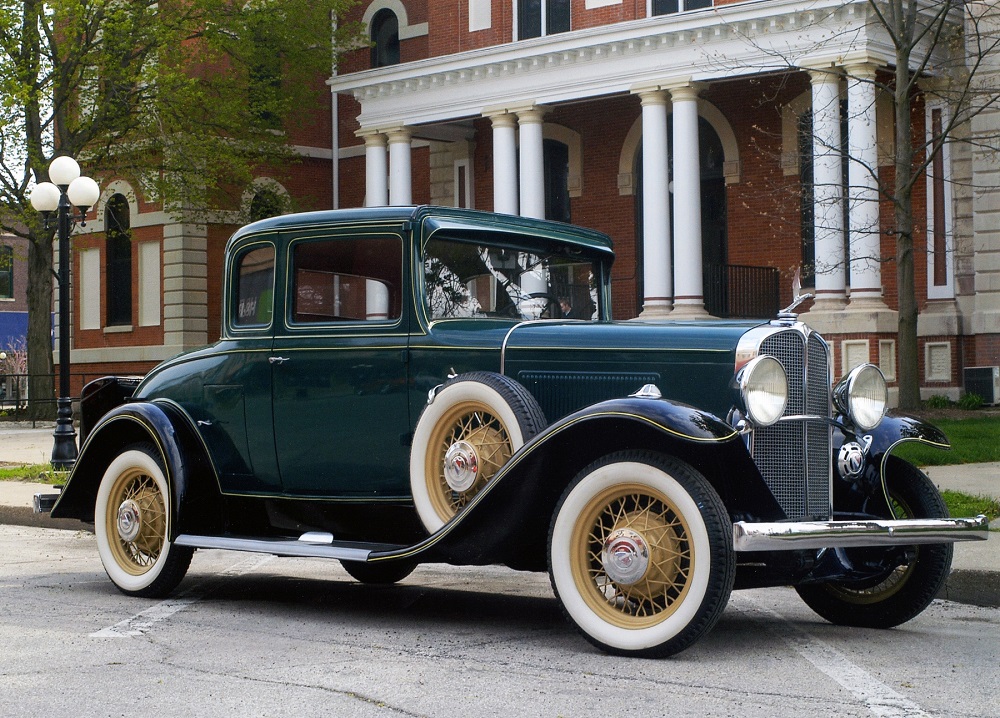
Development of the Pontiac model range in 1920-50
The Pontiac 6-27 was positioned as a mid-range car. The wheelbase of the car was 2.75 m and the engine was 6-cylinder. It was more expensive than Buicks, but cheaper than Chevrolet, and this set sights of many Americans on the models of the Pontiac concern. 1926 was the year when a four-door sedan called Landau appeared. Coupe and sedan developed a speed of 80 km/h. A year later, the company introduced consumers to the first roadster, a model with an opening (convertible) top. In 1926, Pontiac sold 76,742 of its cars for $825. In 1927, 127,883 cars of the 6-27 series were produced. In 1928, all models of the Pontiac brand were equipped with mechanical wheel brakes, and the engines increased power to 48 HP. Sales exceeded 200 thousand cars annually (including 184 thousand copies of the 6-28 series). The Big Six Series and the first eight-cylinder model appeared in 1929. The New Big Six, in addition to a vertical jumper, had a 3.3-liter 60-HP engine. The onset of the Great Depression required a reduction in the price of cars to a hundred dollars. In 1931, the Fine Six, equipped with a new body and V-shaped engine, saw the light. In the same year, the main designer of the brand was Frank Hershey, who worked with Pontiac the next four years and turned the appearance of the car into a luxury. The cost of the brand’s models remained relatively low. F. Hershey would return to Pontiac in 1940.
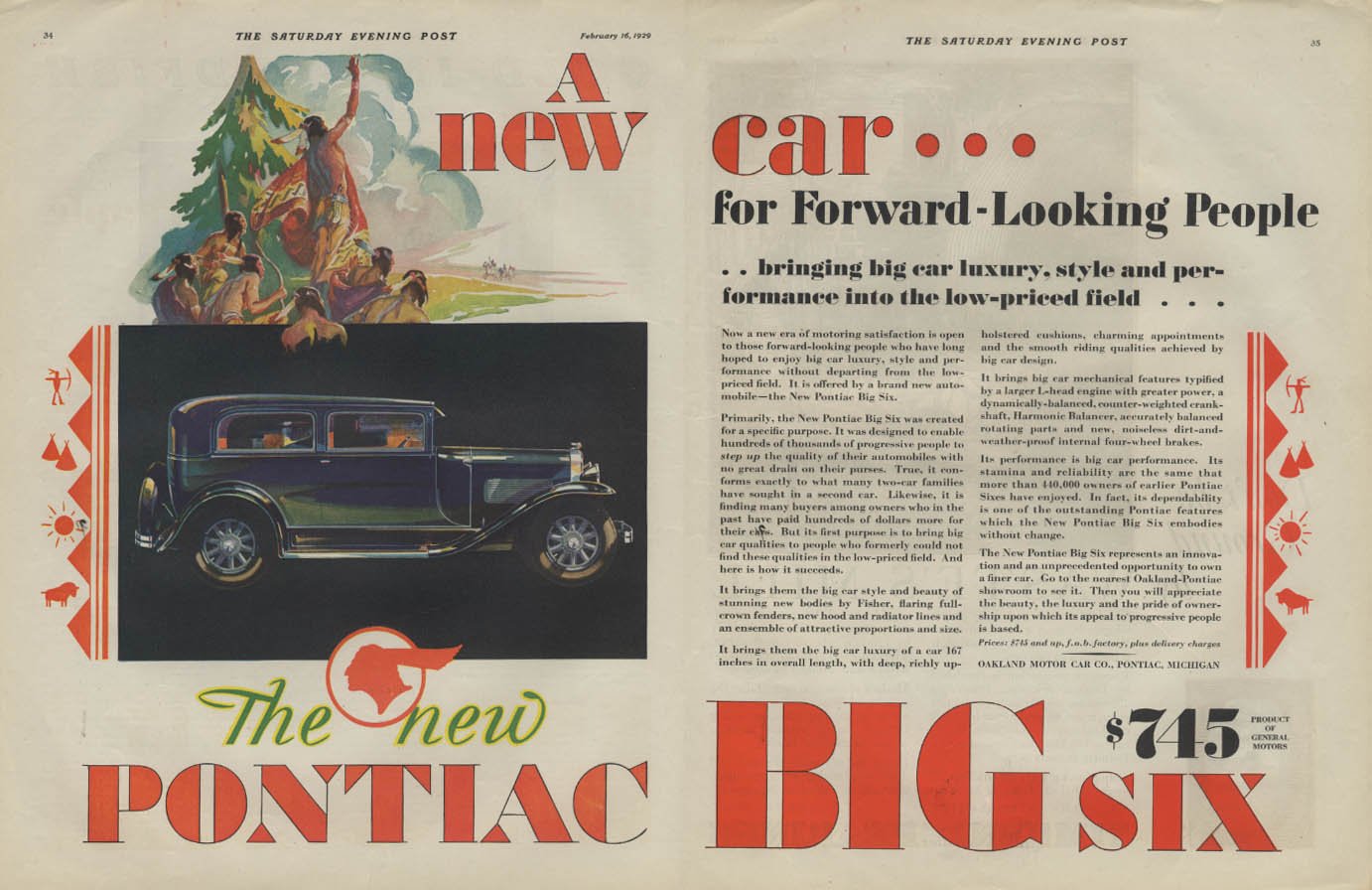
In 1932, the position of the concern became threatening, near to closure. To change the situation, in 1933 Harry Klinger was invited from Chevrolet to the post of General Director of the company, who first ordered the production of updated models with independent suspension and 6-cylinder engines. There was a modernization of the Six Series cars, Deluxe and Standard, meant. According to the requirements of Klinger, who developed the marketing strategy of the concern, the Pontiac cars were equipped with 3.4-liter 80-horsepower engines, and the mechanical brakes were replaced by hydraulic ones. The Pontiac Silver Streak, released in 1935, made a splash in the automotive world. Orders and sales grew by leaps and bounds. Expansion of production area was required.
1936 was the year of the millionth Pontiac’s appearance. In 1937, the brand cars got all-metal body type entirely of steel, and two types of engines began to be used: 6-cylinder 3.6-liter 85-horsepower and 8-cylinder 4.1-liter 100-horsepower. In the same year, the Master Six model was discontinued and production of the Station Wagon with a wagon body was launched.
The model Torpedo appeared in 1941, although its fate wasn’t as successful as the Pontiac Silver Streak’s one. The reason for this all was wartime. The concern had to phase out the production, stopping the assembly line. The last “pre-war” car was the Streamliner Eight with sedan and coupe bodies. Production volumes fell from 330 thousand to 83 thousand copies, that is why 1942 Pontiac cars are the rarest.
During the war, Pontiac Motor Division was engaged in the production of anti-aircraft guns, field guns and front axles for tanks. However, with the end of World War II, the welfare of Americans began to improve, cars were in deficit, an urgent need in production of automobiles emerged again, and production of the Torpedo and other models of the brand Pontiac resumed. In just one postwar year, the car production doubled: if in 1946 it was 113,109 cars, in 1947 it was already 206,411 copies. In the same year, George Delaney succeeded Harry Klinger as CEO. The Torpedo line-up was represented by the large Custom, the mid-size Streamliner and the small Deluxe. For the choice of customers, two types of powertrains, with which Pontiac cars were equipped, were offered: six-cylinder 3.9-liter 90-horsepower or 8-cylinder 4.1-liter 100-horsepower.

The Catalina model debuted in 1950. The Catalina was a luxury car: with leather interior and chrome trim. That year, Pontiac recorded sales of 446,429 vehicles.
The second half of the 20th century in the history of Pontiac
The Catalina successfully caught on in the automotive market, and a couple of years later, in 1952, the first in the brand history automatic transmission Hydramatic was installed in it. There was a hardtop body type, and all models received power steering. In 1952, Robert Critchfield became CEO. In the same year, the company produced the four millionth Pontiac and celebrated its 25th anniversary. A couple of years later, the five millionth car would also be released, but for now the new CEO ordered to equip cars with electric window lifts and power steering. The 1955 models underwent radical changes: about a hundred new features were introduced, including three previously unknown body types.
The concept of mechanical gasoline injection was embodied in the production of the 1958 model Bonneville. The company limited production of this model to 630 copies per year. The car reached a speed of 210 km/h and was originally produced only with a convertible top. Three years later, in 1961, the consumer saw the Tempest, received recognition thanks to the independent rear suspension and powerful 4-cylinder engine. The milestone of 8 million cars was passed by Pontiac in 1962. In 1965, Pontiac produced eight different car line-ups.
The Firebird debuted on February 23, 1967. The Ventura appeared on U.S. roads in 1971. In 1973, the Grand Am car debuted – in the first year it was sold in the amount of 4 806 cars. In 1974, all Pontiac cars were made with disc brakes on the wheels in front.
The first Pontiac car with front drive wheels – Phoenix – appeared in 1980. It was a successful project: in the first year the company sold more than 178 thousand cars. The next new model was the 1984 Fiero. A distinctive feature of this model was the innovative space frame and reduced fuel consumption characteristics (cars with minimal fuel consumption became popular). About 650 million copies of the Fiero were sold.
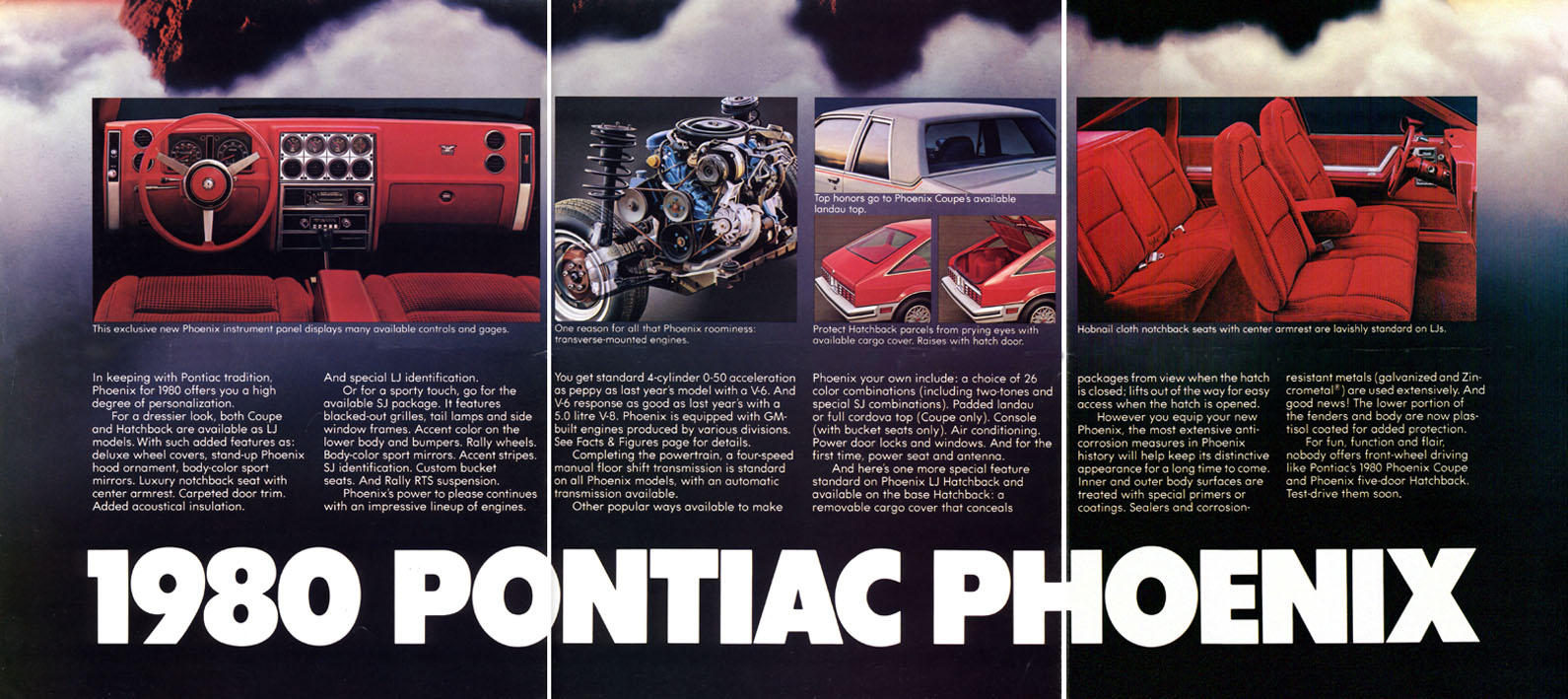
The Trans Sport minivan was born in 1990. The four-door Grand Prix began to be produced. The Sunfire was presented in two versions – coupe and convertible. In 1996, the car was equipped with a 2.4-liter engine, having a capacity of 305 HP. The same year Pontiac Montana had five doors and was front-wheel drive.
In 1998, Pontiac moved its headquarters to Detroit, where today the central authorities of all branches of General Motors Corporation are located.
The 2000 Piranha Concept could easily be transformed into a sports pickup. It was a four-door coupe with front-wheel drive.
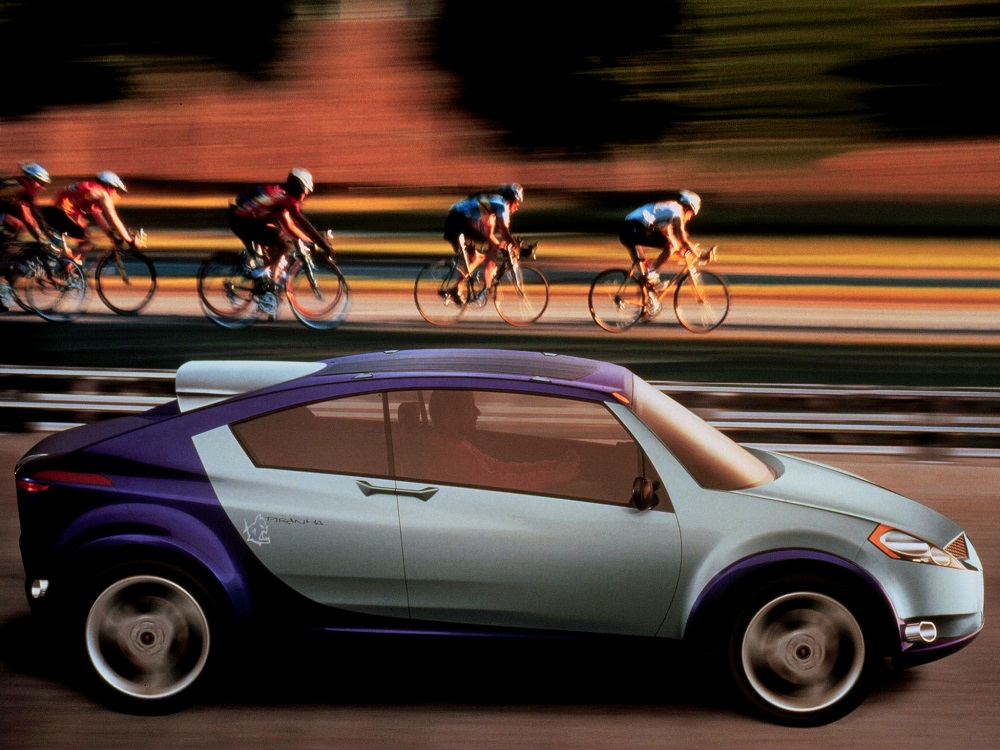
The new millennium and bankruptcy
A notable novelty in 2001 was the Aztek sports car, which combines the features of a sedan and minivan. Over time, Aztek has gained a reputation as a car that you can either love or hate. The Aztek SUV line-up was awarded the title of “the most extraordinary” SUV model in the world.
2005 was distinguished by the fact that the production of three models stopped: the Bonneville, the Grand Am and the Sunfire. And in the summer of the same year the new Pontiac Solstice sports roadster debuted. On the first day, a thousand cars were sold in 41 minutes, and the demand for the model thus far exceeded its supply. In addition, the Torrent SUV replaced the previous car of this class – Aztek. A decision was also made with regard to the Montana minivan, produced instead of the Trans Sport. First, this car was modified so that it became more like an SUV, and therefore it was called the Montana SV6. But later the management of General Motors said that the car was planned to be removed from production due to low sales. Nevertheless, the line-up of the Pontiac brand in 2006 was presented by the Grand Prix, the Vibe, the GTO, the G6, the Solstice, the Torrent and the Montana SV6 cars.
In 2007, the production volume amounted to 344,685 units, which was by 13.2% lower than a year earlier. The following year, the global economic crisis hit the company even harder. As a result, on April 24, 2009, GM officially announced the discontinuation of Pontiac vehicles and the dissolution of the brand by 2010.
On November 25, 2009, the last car with this nameplate, the white Pontiac G6 sedan, rolled off the assembly line at the plant in Orion Township, Michigan.
October 31, 2010 is considered the day of the Pontiac brand’s dissolution, as on that day the last dealer contracts between General Motors and the Pontiac brand cars’ dealers expired.
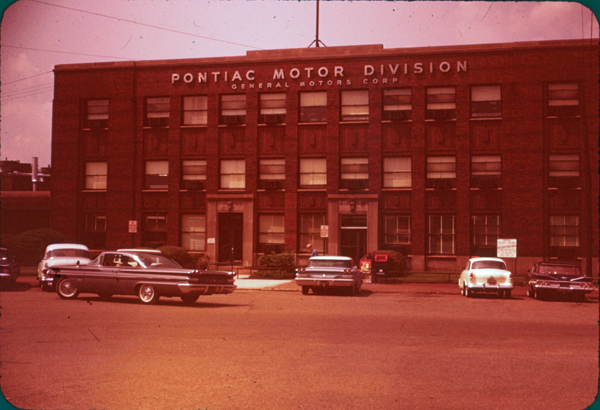
Pontiac cars, being in principle quite rare, nevertheless, continue to be found on the roads around the world today. As well as driving other vehicles, driving a Pontiac requires a driver’s license (better an international one). Don’t you have it yet? We invite you to quickly and easily process an international driver’s license on our website. It won’t take you much time and effort, especially since this document is useful while driving not only Pontiac.

